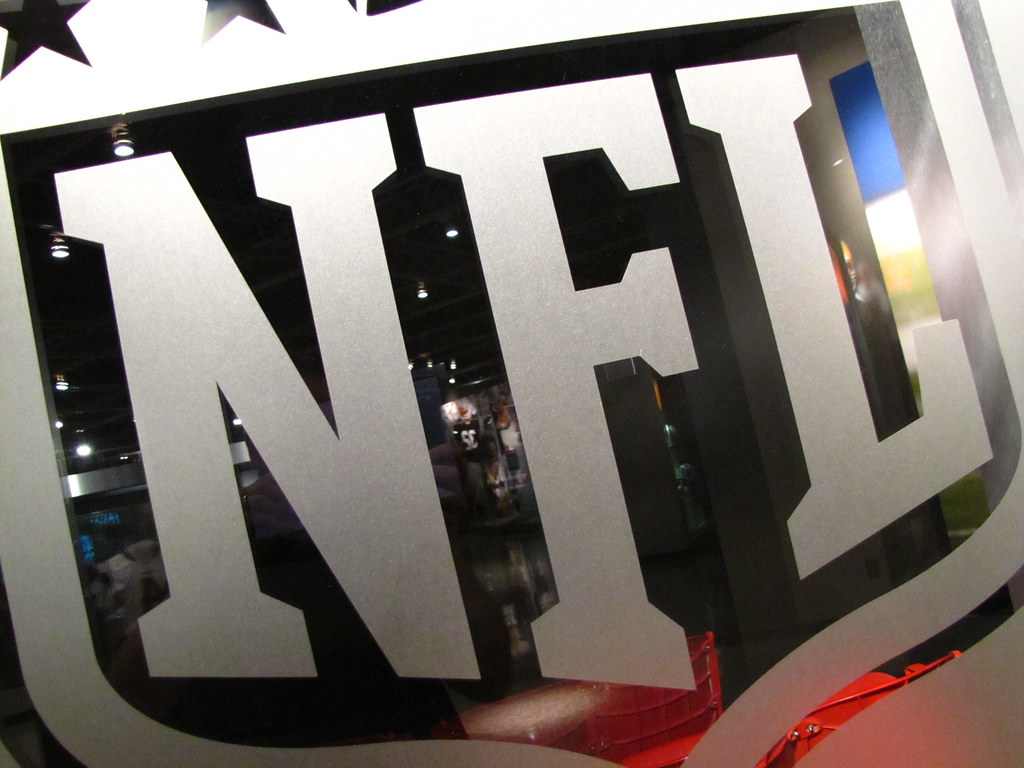The Tesla Cybertruck has been a topic of fascination since its unveiling in 2019, with its futuristic design and promises of revolutionary features. As the first teardowns begin, we’re getting a glimpse of what makes this electric behemoth tick, and it’s a blend of North American manufacturing prowess and the expected growing pains of a new vehicle launch.
Tesla’s lead Cybertruck engineer, Wes Morrill, has highlighted that the Cybertruck, alongside the Model Y, is the most made-in-America vehicle sold in the US. With about 65% of its parts from the US or Canada and 25% from Mexico, the Cybertruck boasts a significant North American pedigree. The Model Y follows closely with 90% North American parts, including 20% from Mexico.

The first Cybertruck teardown revealed some of these components, particularly the steering and suspension parts from Mexico. The teardown also put the spotlight on the Cybertruck’s sprawling 123 kWh 4680 structural battery pack, which doubles as part of the chassis. This design choice, mirroring that of the Texas-made Model Y, raises questions about the battery’s serviceability post-warranty, especially as some EV makers are considering extending battery warranties to 15 years.
Build quality is another aspect scrutinized in the teardown. The ‘launch quality’ issues, such as popping rubber seals and incorrect hinges, are not uncommon in new vehicle rollouts. These are expected to be ironed out as production stabilizes. Elon Musk himself addressed concerns over panel gaps, indicating they affected a limited number of vehicles.
One of the most intriguing features is the Cybertruck’s rear wire steering system. Tesla’s chief engineer, LArs Moravy, explained that the new 48V low-voltage system enabled the synchronized steer-by-wire mechanism, a significant upgrade over the older 12V architecture. This system includes redundancy, with two electric motors at the front to ensure reliability.
However, the Cybertruck’s massive rear gigacasting, much like the Model Y’s, could pose challenges for major repairs or services. Insurers are often wary of such complex builds, but Tesla is working on making repairs easier and providing gigacast parts at cost to service centers.
The teardown also delved into the vehicle’s wiring, revealing a mix of 48-volt and 28-volt systems, contrary to the all-48-volt claims. The innovative steer-by-wire system eliminates the physical connection between the steering wheel and the wheels, a design that has raised some eyebrows but promises enhanced reliability with its dual-motor setup.
Despite some initial quality issues and the complexity of its steer-by-wire system, the Cybertruck’s teardown has unveiled a vehicle that is as much about innovation as it is about North American manufacturing strength. With the Cybertruck finally hitting the roads, it will be fascinating to see how Tesla’s vision of the future of electric vehicles continues to unfold.





